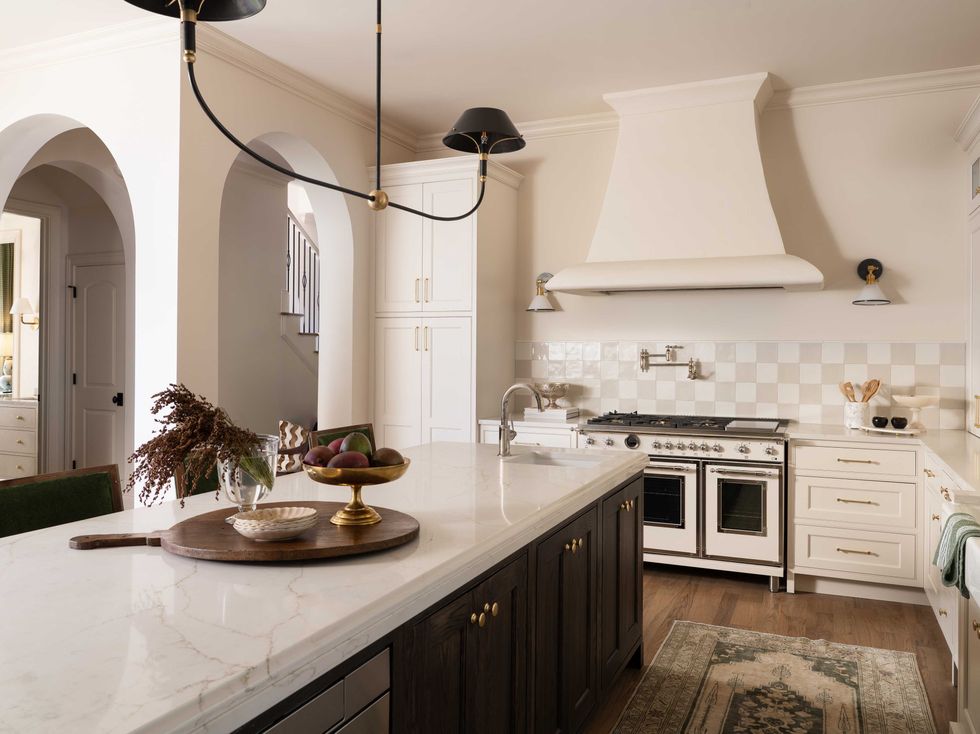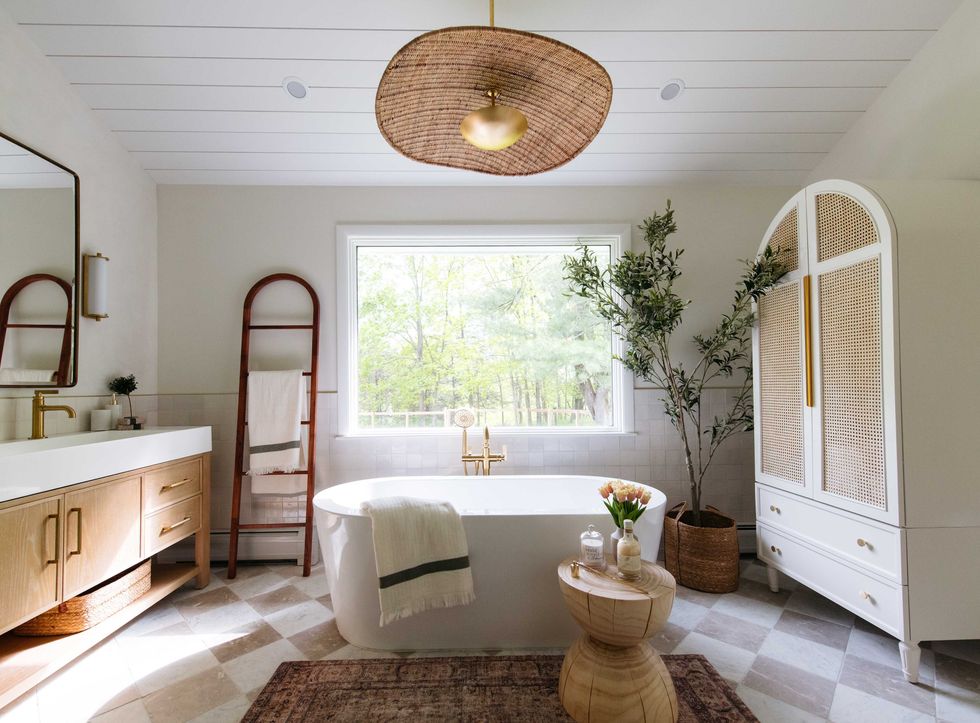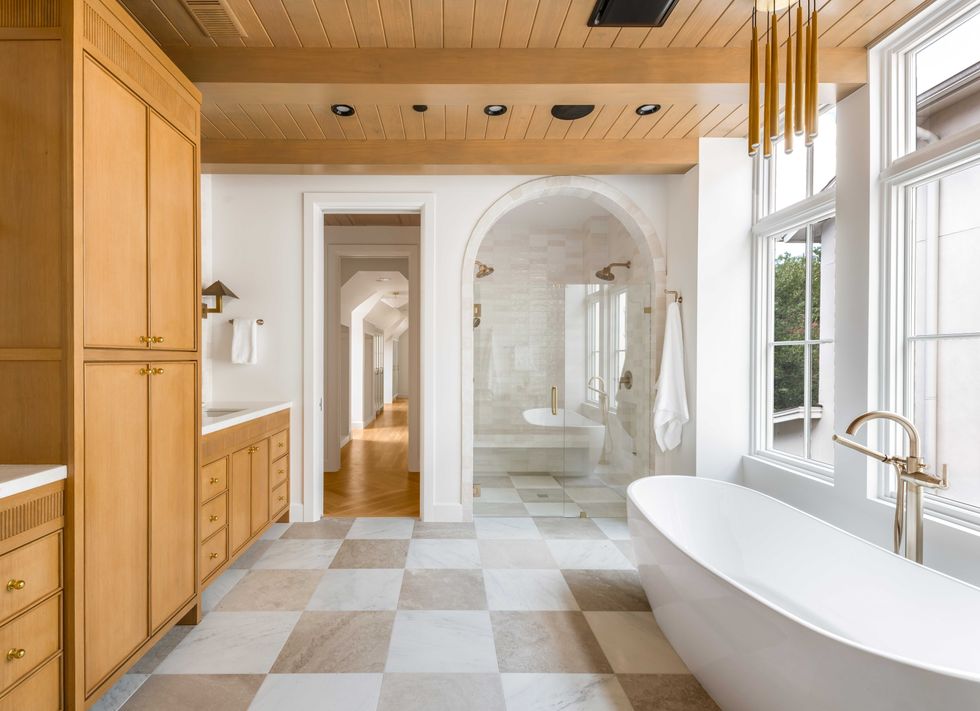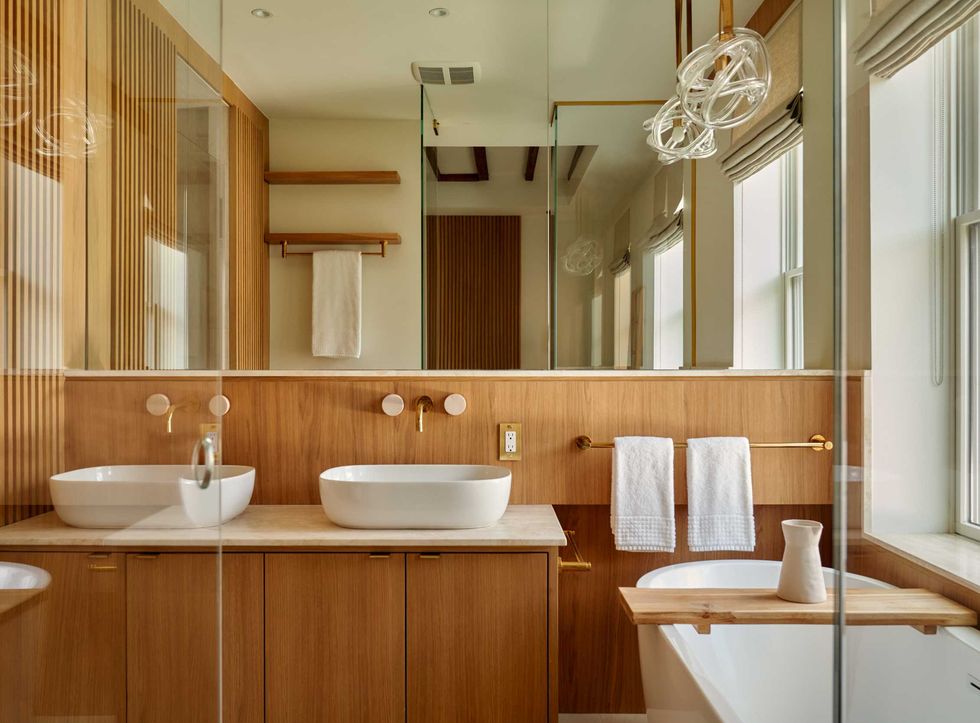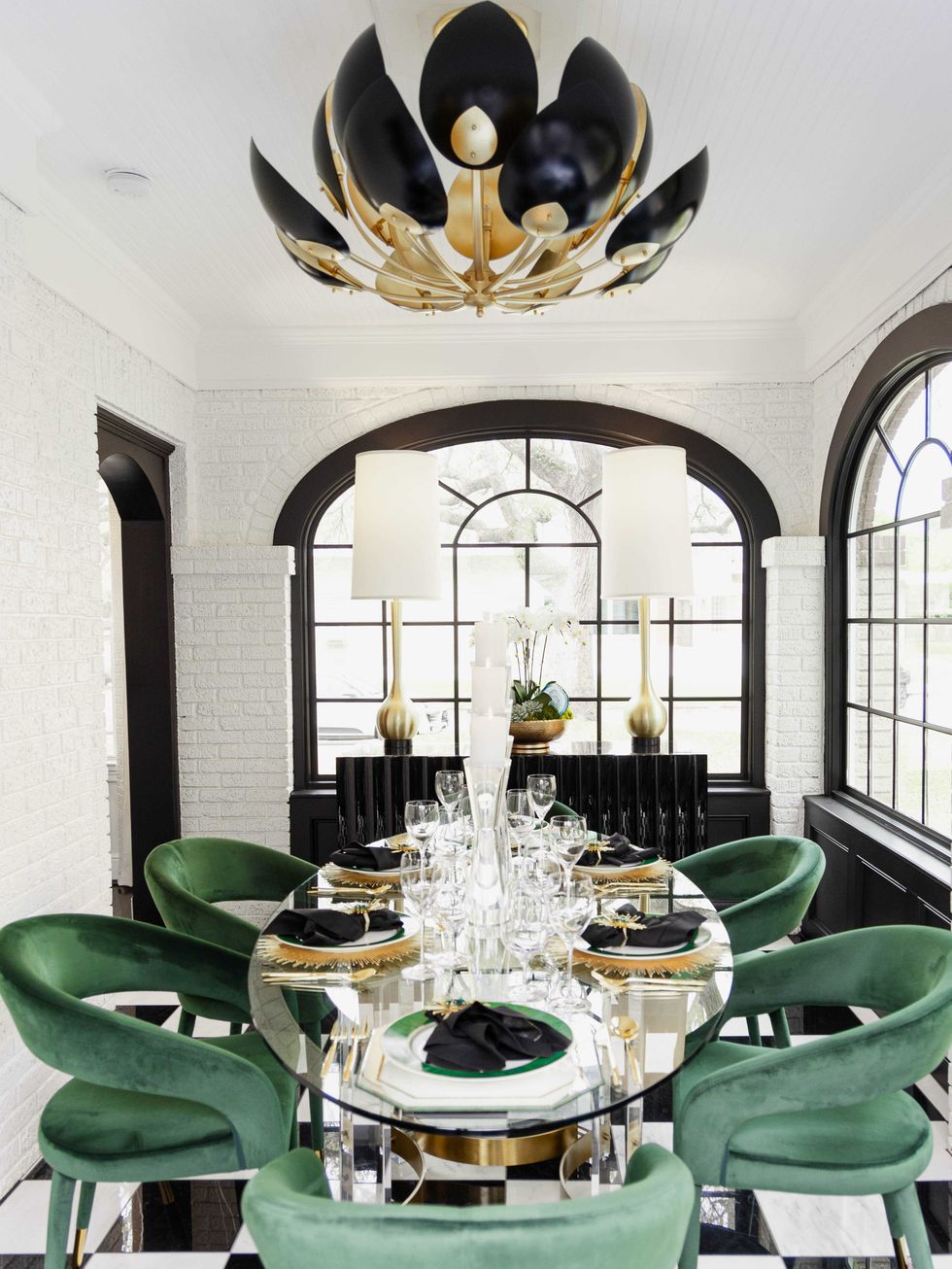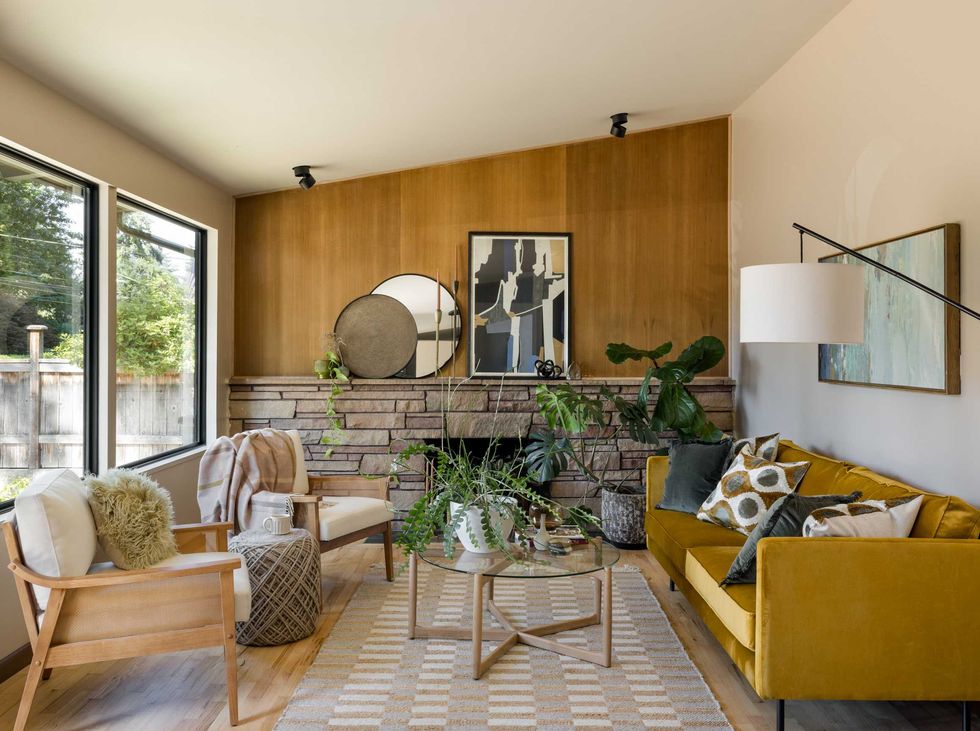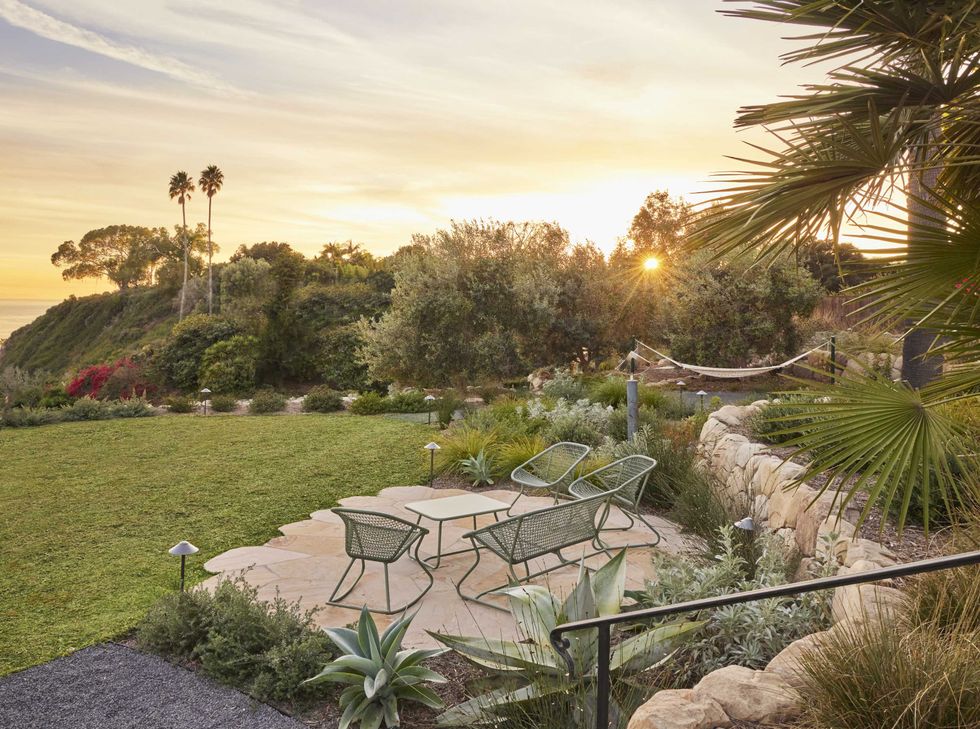The CultureMap Interview
Fixer Upper star wants to tell the story you don’t get on the HGTV show
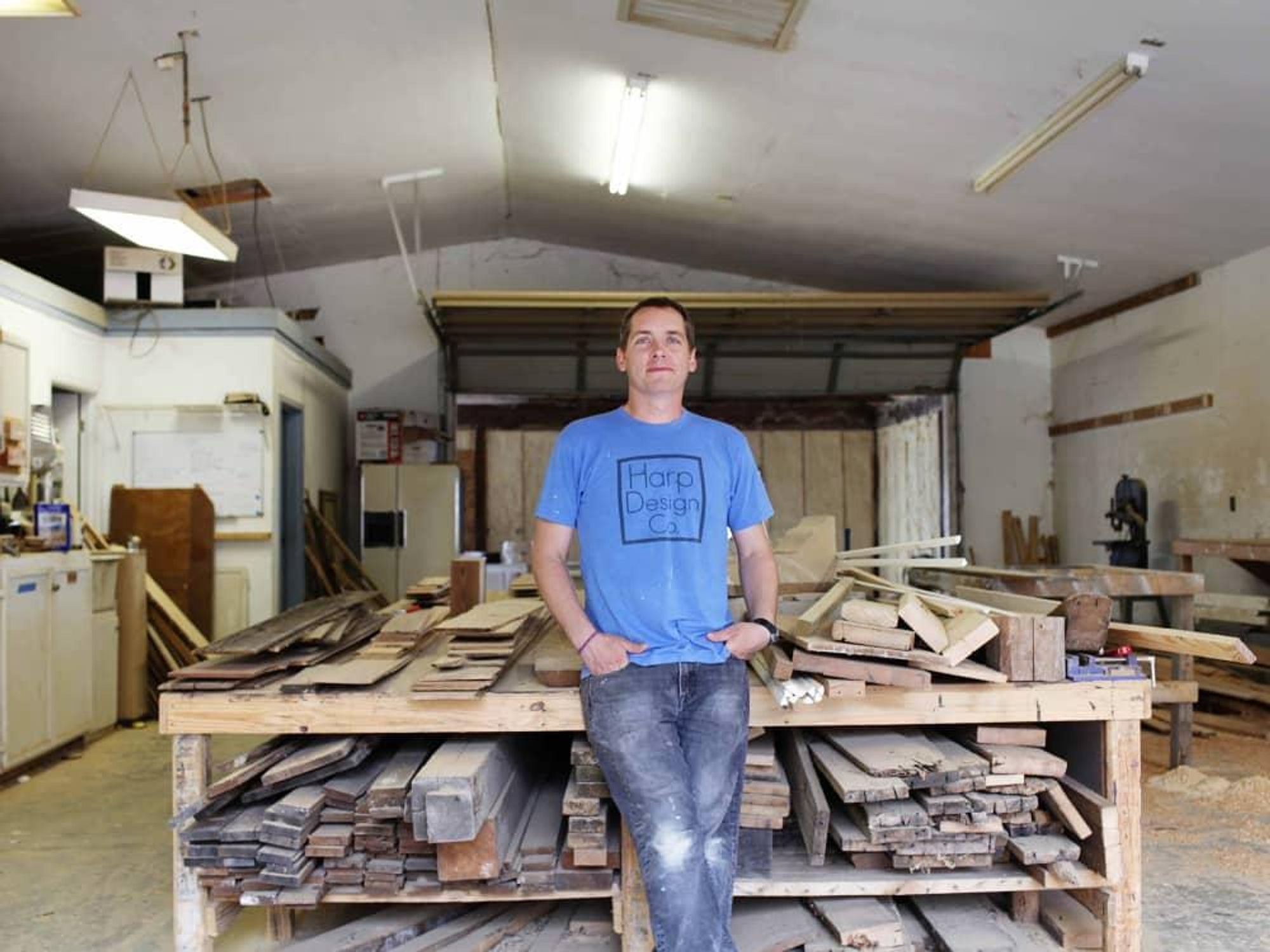
What was once a drive-through town on the way to Austin has become the nation’s epicenter of home renovations. And carpenter Clint Harp has seen the whole story unfold from the inside.
Harp became a carpenter in Waco mere months before Chip and Joanna Gaines (who just launched a new furniture line) got a pilot deal from HGTV for Fixer Upper. Three years later, Harp has become a regular on the show, as the founder of Harp Design Co., where he builds custom furniture and sells handmade wood products and curated goods at his storefront.
In June, DIY Network aired a pilot episode of Against the Grain, which stars Harp and his wife, Kelly, as they create unique outdoor spaces with his woodworking skills.
Harp has recently been traveling the nation, speaking at home and garden expos, including the fourth annual Collin County Fall Home & Garden Show in Allen, September 16-18. We caught up with the TV-ready carpenter before his arrival in town.
CultureMap: It’s safe to say 2016 has been a whirlwind. Is this what you hoped your life would be like this year?
Clint Harp: I didn’t have an exact vision. In 2011, when I quit my job in medical sales in Houston, the idea was never like, “Here’s what we imagine will be happening five years from now.” We were going for our dream.
Even in the beginning, when we moved for my wife to get her masters at Baylor University, we didn’t know what we were going to do in Waco. We didn’t know what the future was going to look like. We just knew we would pursue something we were passionate about.
It was totally a gamble. We laid out all the real possibilities, and they included dirty words like bankruptcy and home foreclosure and car repossession and student loan default.
We didn’t have any money to fall back on, so these were literal realities that could happen. Those were tough conversations.
Theoretically, things could have gone really bad. But in my mind, it was never about making or losing money. The thing was about going for our dreams. If we had lost everything or gained a ton, we were in it regardless.
CM: How did your DIY show Against the Grain come to be?
CH: Through our process of working with Fixer Upper, I’ve had a role on the show, and we had our own house redone in season one. That was a really important episode, because it helped cement things for me as a regular on the show. After that, people on the network noticed. And who doesn’t love a spin-off?
Chip and Joanna were big fans of the idea. Chip has been such a cheerleader — and Jo too — which has been really cool. From there we filmed a couple of online webisodes and then a preview for DIY Network.
We were excited about that because we’re DIY people. We filmed the pilot, and now we’re working on another project with DIY Network. It’s moving us one step closer to a hopeful series. We start filming again at the end of September for our next project, and we’ll go from there.
CM: On social media, you sign all your posts with #LoveBuildRun. What does that mean to you?
CH: Love Build Run is a way for me to narrow my life down into some easy chunks. I wanted [it] to ... remind me of what’s important.
Love is the idea of loving anyone and everyone, loving my creator, and being a loving person to my family. That’s the foundation of why I’m doing all of this.
For Build, I believe in waking up and doing something you’re passionate about. For me, that’s building furniture, but for others it may be building a small business or a relationship or building a positive part to this world. I want to be someone who builds things in this world, not takes them away.
To Love and Build, you have to be fueled, which brings me to Run. Running is my sanctuary. Doing that gives me the fuel to do the first two things well.
CM: You’re headed to Allen for the Collin County Fall Home & Garden Show. What are you doing at the show?
CH: I just want to get out there, share our story, and inspire people to start a journey of their own. I’m not going to tell anyone else to throw caution to the wind, but those struggles are part of our story.
I’m going to share all of the details you don’t get on Fixer Upper. I find that in telling that, people feel hope. Because people know it can go the other way and not work out, but you can at least try. This has been the most incredible journey for us and not because of exposure or any of that, but because we try and we’re doing what we can.
CM: You announced a couple weeks ago that you will rent your house to vacationers and relocate. Why did you make that decision?
CH: Our house [that was on Fixer Upper] is right next door to our shop and storefront — they’re like 100 feet apart. I had the shop first, and we had this crazy dream that we might one day buy the house, fix it up, and maybe turn it into a rental.
That was the original idea. But then we bought the house, and did it on Fixer Upper, and it looked so amazing that we thought we might as well live in it with our growing family.
We moved in and, as time passed, Fixer Upper blew up. I’d be playing in the backyard with my kids and people would be walking around waving at me. We just had to move for privacy reasons, but we love that house so much.
I actually talked to a guy in Fort Worth about picking the house up on the back of a truck and moving it to some land.
CM: Why are reclaimed wood and sustainability pillars of your work?
CH: When the green movement started, it seemed like you were either an oil-sucking, energy-using, plastic-loving waster or a solar panel-using, electric car-driving person. But I had this idea of being light green — of doing what you can.
We started out using 100 percent reclaimed wood, and now we use a lot of reclaimed wood along with solid wood. I want to be as responsible as I can in building.
CM: Do you have a favorite piece of furniture?
CH: I built two pieces of furniture when I first started out: an armoire and a table that I made in my backyard for my wife. I didn’t know what I was doing. I made them and took them to my grandfather.
He was always my inspiration for building, because he built houses and all kinds of stuff. He had his own way of saying he was proud of me, and it was the nicest thing he’d ever said to me.
He later sent me $1,250 in the mail to buy my first tools. I used those tools to start Harp Design Co.

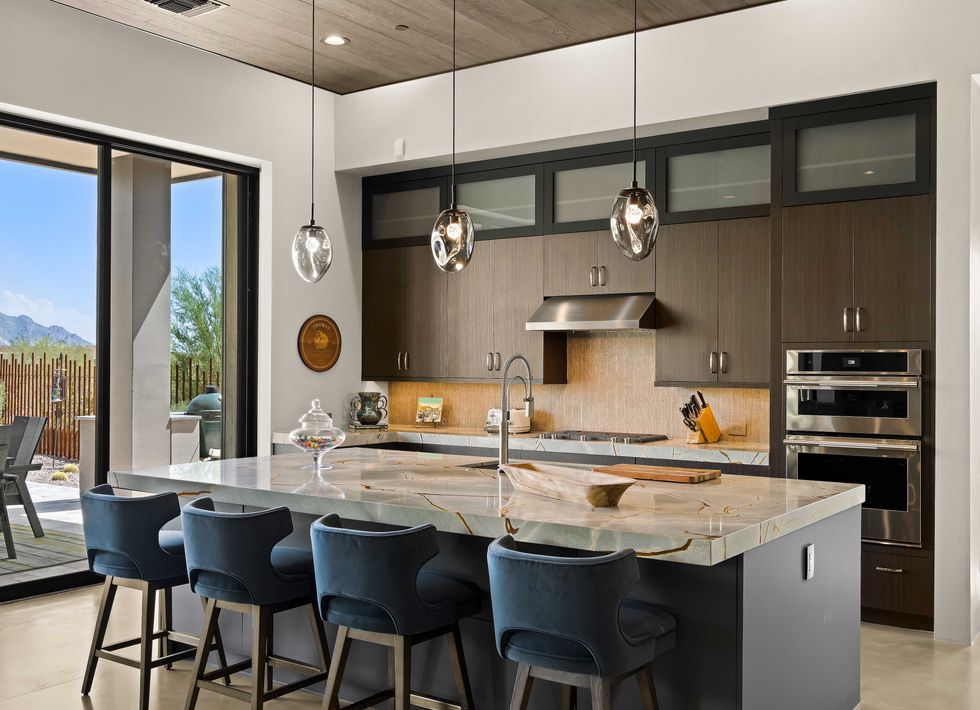 Flat-panel cabinetry provides a seamless look that is also practical for being easy to clean.Photo by JM Real Estate Photography / Celaya | Soloway Interiors
Flat-panel cabinetry provides a seamless look that is also practical for being easy to clean.Photo by JM Real Estate Photography / Celaya | Soloway Interiors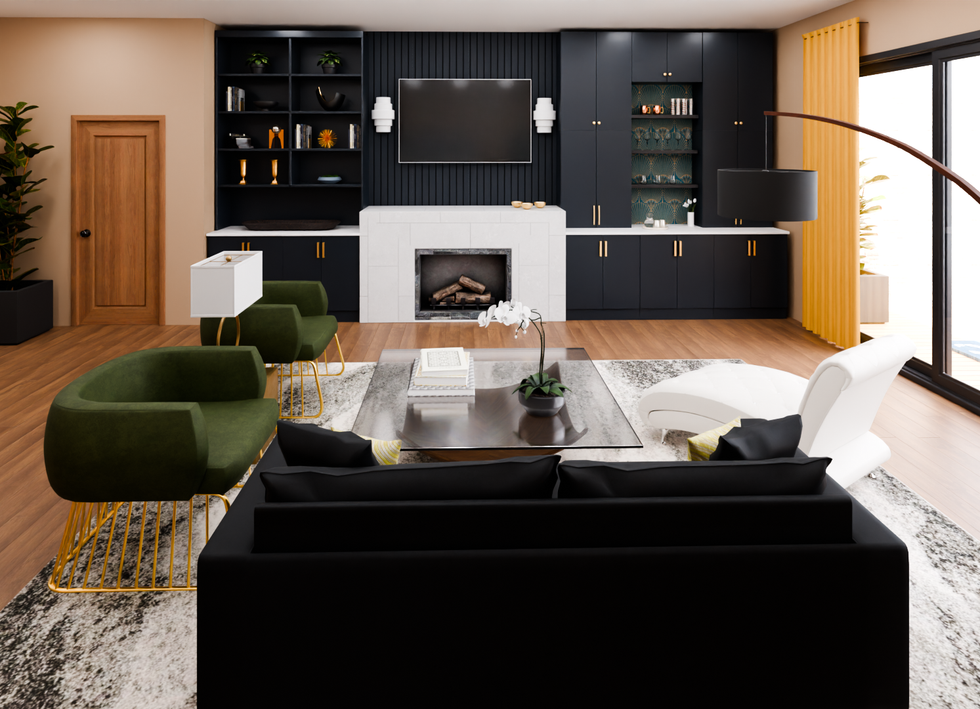 This built-in wall combines a bar with the fireplace, TV, decorative shelving, and closed storage spaces.Rendering courtesy of Houzz
This built-in wall combines a bar with the fireplace, TV, decorative shelving, and closed storage spaces.Rendering courtesy of Houzz